These quaint windows, which many Italians refer to as “buchette del vino,” are little entryways where customers receive wine by the glass—and they’ve experienced a resurgence in popularity over the years.
There’s something charming and novel about receiving wine after knocking on a small wooden door on a wall or pulling the string of a bell. It seems like something straight out of a storybook, but it’s an actual historical tradition in Italy, more specifically the city of Florence. Italians refer to these wine windows as buchette del vino, which translates to “little wine holes,” as per Marianna Cerini in a CNN feature. They’ve been around for centuries, though a 2021’s Stanley Tucci: Searching for Italy mini documentary skyrocketed their popularity among travelers visiting Florence.

READ ALSO: A Beloved Finnish Custom: Exploring Helsinki’s Sauna Culture That Fosters Unity And Wellness
The way a wine window works is fairly simple. Customers receive their wine through the window, which limits their contact with the server. The window’s size is only enough for an arm to reach out and hand out the goods (and in many establishments, settle the bill). They’re a feature almost unique to Florence, which contains roughly 181 wine windows, reports The Florentine. Read on to learn more about how these quaint entryways came to be, and what made them so special in recent years:
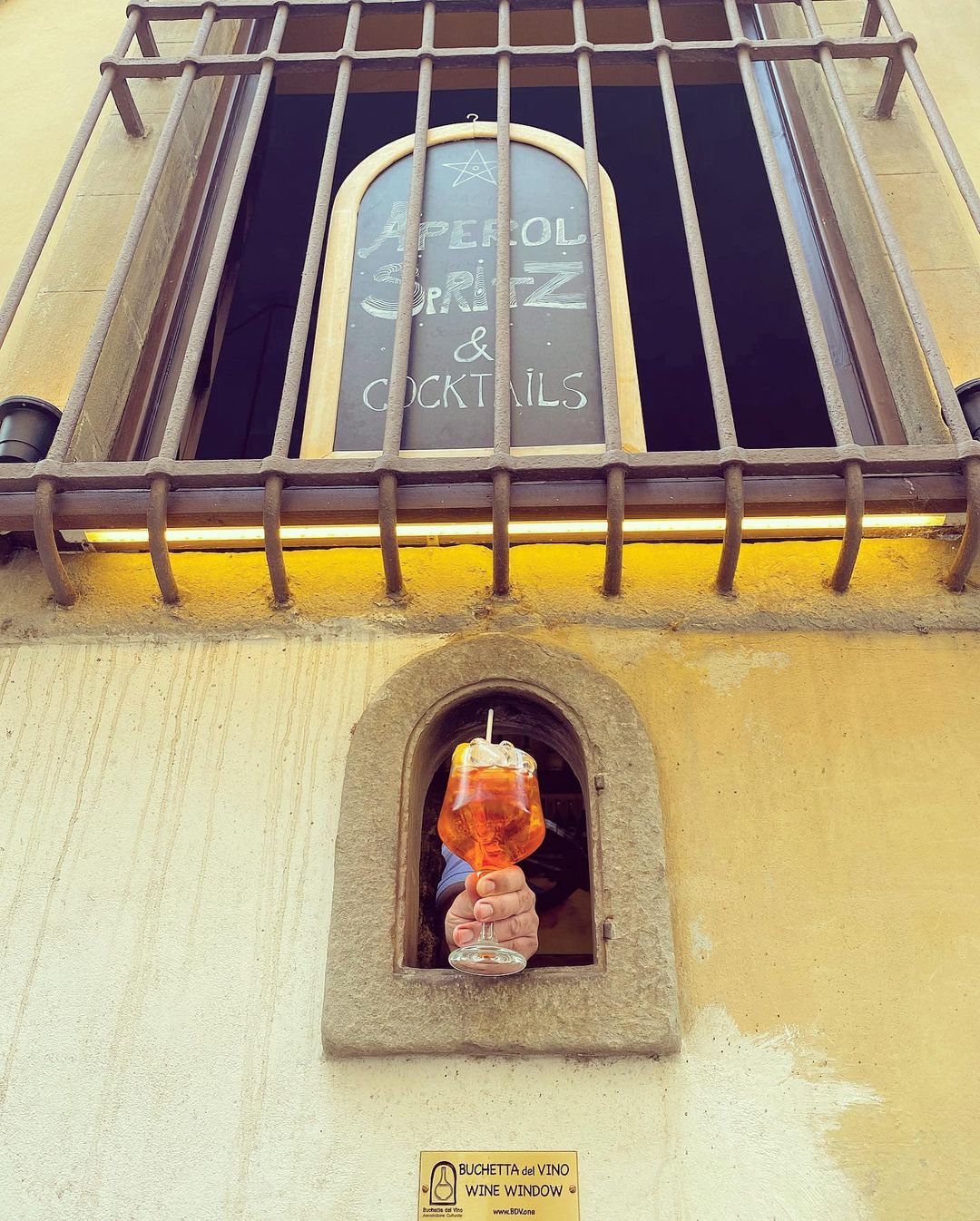
Noble Origins
CBC’s Meghan Williams reports that wine windows began appearing in the 1400s. At the time, Cosimo de Medici—a banker who was part of Florence’s ruling class—wanted to placate other nobles he usurped by letting them sell wine from their homes tax-free.
At the time, only Florence’s wealthy families could afford to produce wine, as per Feel Florence. This is why the buchette de vino were only located in the homes of nobles: dome-shaped holes, sometimes with wooden doors, on the thick stone walls of these large residences.
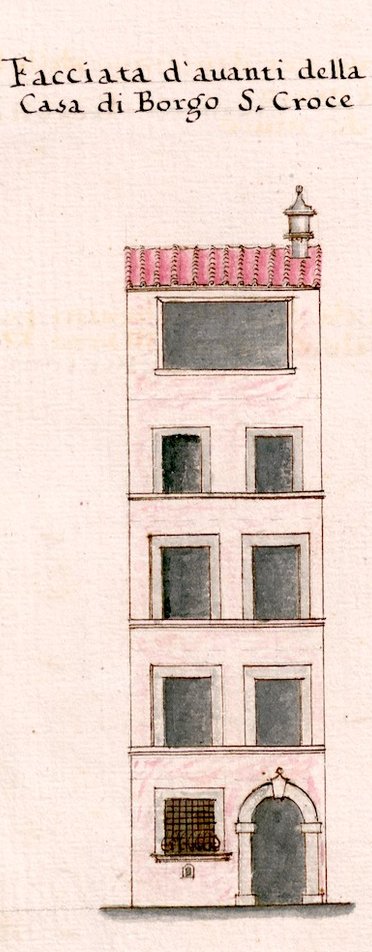
Most wine windows are a foot tall, as per CNN. Mateo Faglia, the president and co-founder of the Buchette del Vino Association, tells The Florentine that this size was meant to accommodate the flasks of customers.
“People would knock on the door, which would be opened by a seller (perhaps even a noble himself), and hand over the flask they had brought with them,” Faglia shares. “The vendor would rinse the flask, fill it with wine, which was regarded as a foodstuff, hand it over and receive money in exchange. The wine windows represent 400 years of daily life.”
Social Distancing
CBC’s feature adds that nobles also created the small windows to create a distance between themselves and those of lower socioeconomic status who come knocking for wine. Though this design would later prove immensely useful during the bubonic plague, which struck Florence in 1630. During the years, the wine windows would serve as a contactless way of acquiring the alcoholic beverage—a setup that sounds quite familiar in this day and age.
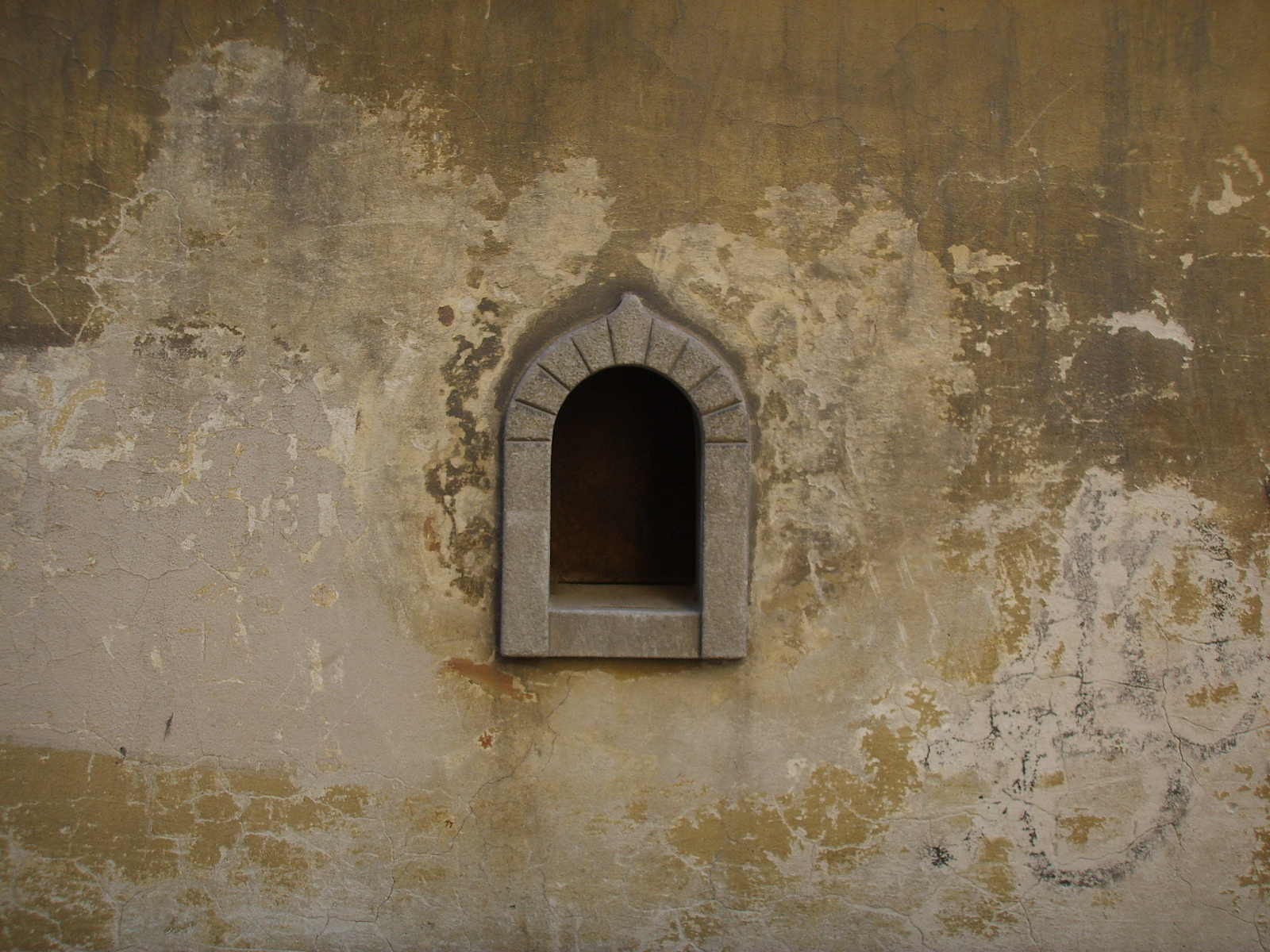
As it happens, the wine windows’ functionality in a time of contagion would be one of the main reasons behind its return in this day and age.
The Resurgence Of An Old Tradition
Wine windows had become virtually obsolete in the past few years. Many residents of Florence have turned them into other things, like shrines, doorbells, and mail slots, as per CBC. They’ve also been the targets of vandalism and demolition, which is why the Buchette del Vino Association has been hard at work trying to maintain, restore, and research more about these significant pieces of Florence’s history, reports The Florentine.
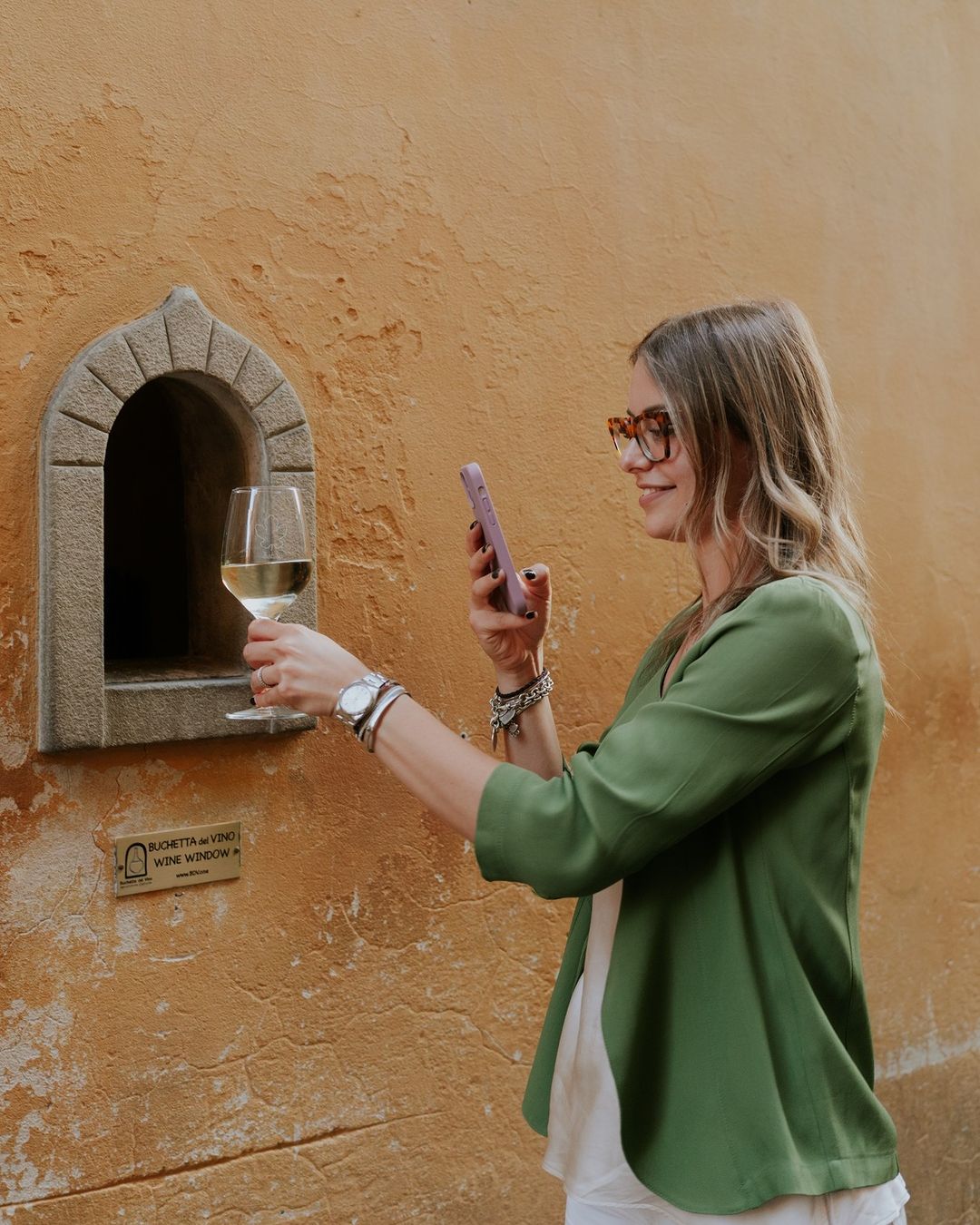
However, in 2019—just before the COVID pandemic—Florence’s Babae bistro decided to open up and use its wine window. The bistro initially served simple shots of vino and schiacciata, though Stanley Tucci’s feature would bring them to mainstream attention, The Florentine adds. Soon after, the bistro and its wine window went viral on platforms like Tiktok, with visitors flocking to Florence to see and try it for themselves.
The decision would prove to be a good one amid the pandemic, as businesses tried to find ways to adopt contactless operations. Soon after, a gelato shop called Gelateria Vivoli would follow suit, using their wine window to hand out their cold and tasty Italian dessert to waiting customers.
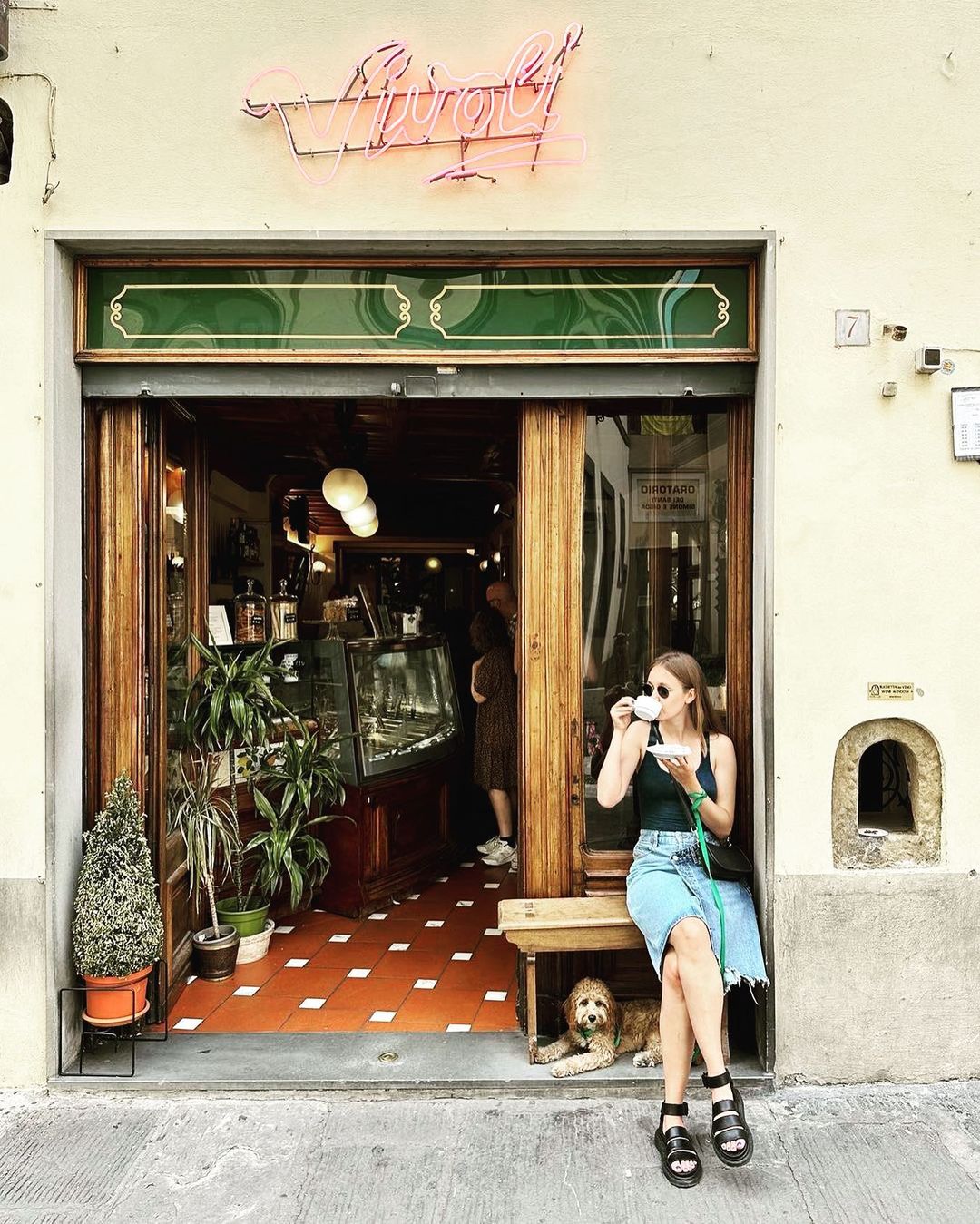
“We chose to use our buchetta during Covid-19 both as a protective measure and to bring a smile to passersby,” shared Giulia Vivoli, Gelateria Vivoli’s owner, with CNN through an email interview. “We’ve had it open in the past, but to reuse it at this particular moment in time has felt especially apt.”
It seems like these Florentine treasures have stood the test of time, proving that tradition always has a place in modern culture. Unlike other trends, one hopes that these little windows are here to stay.
Banner photo via Instagram @babaefirenze.





